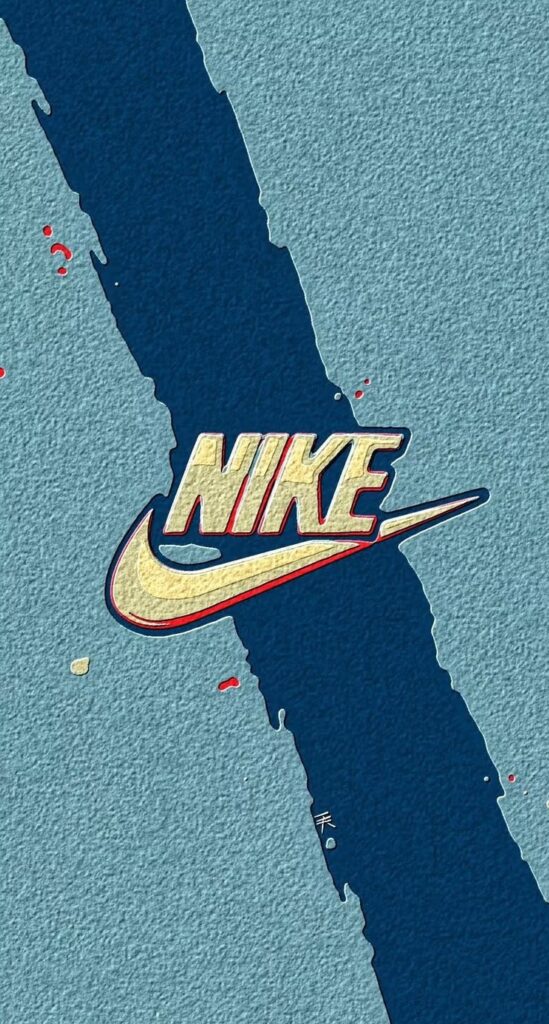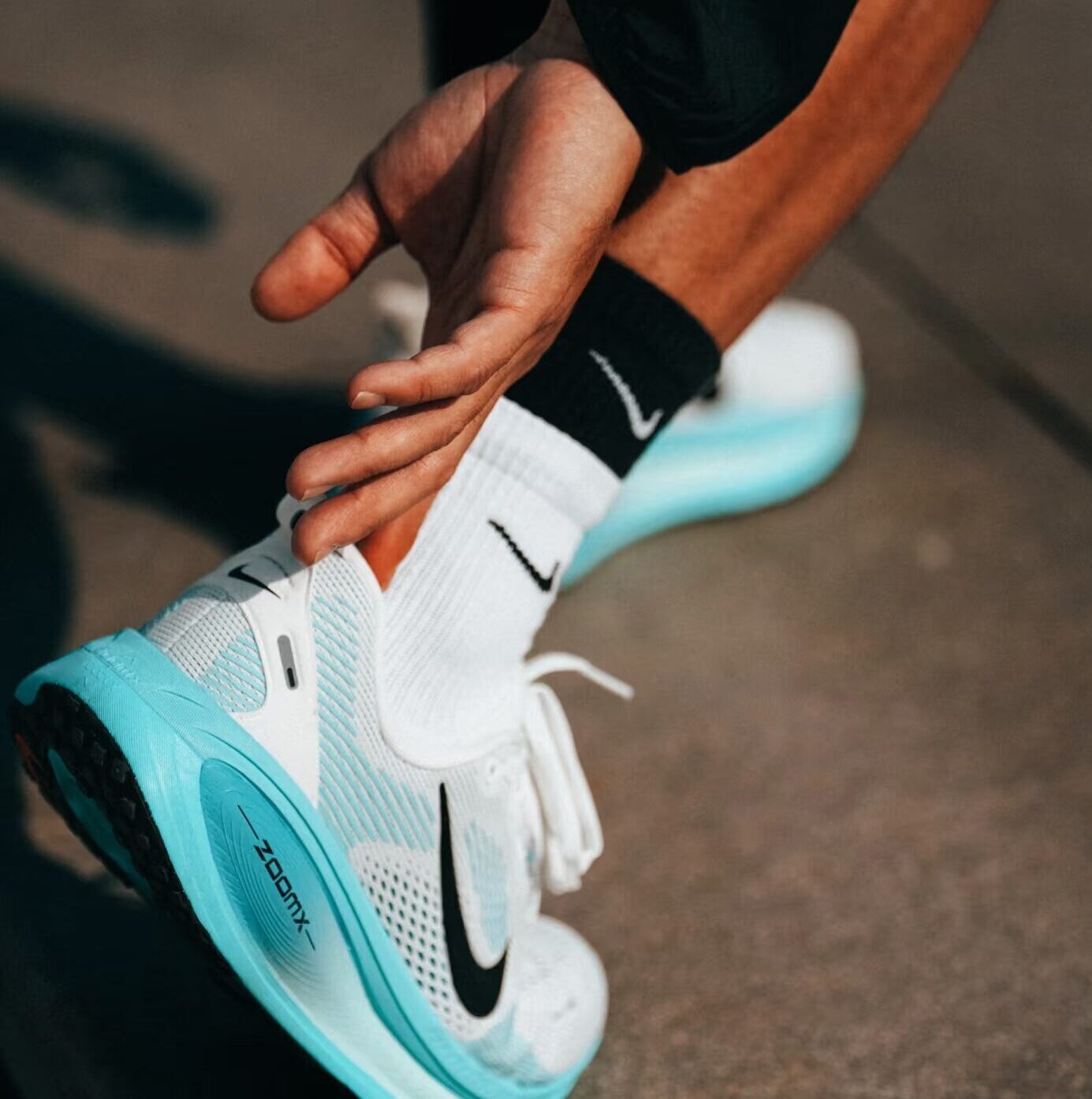Title: Nike: From Track Roots to Global Domination – How Innovation Redefined Sport and Culture
Introduction
What began as a humble startup selling running shoes from a car trunk in 1964 has evolved into a $40 billion empire that shapes how the world moves, competes, and expresses itself. Nike’s journey isn’t just about sneakers—it’s a masterclass in branding, technological breakthroughs, and cultural storytelling. Dive into the forces that propelled Nike from track sidelines to streetwear royalty.

Chapter 1: The Birth of a Revolution
Founding Sparks
1964: University of Oregon track coach Bill Bowerman and middle-distance runner Phil Knight launch Blue Ribbon Sports (renamed Nike in 1971), driven by Bowerman’s obsession with lightweight running shoes.
The Waffle Sole Breakthrough: Bowerman’s 1974 experiment using a waffle iron to create grippy soles revolutionized athletic footwear.
Swoosh & Symbolism
Graphic design student Carolyn Davidson created the iconic Swoosh in 1971 for $35. Today, it embodies motion, ambition, and the “Just Do It” ethos.
Chapter 2: Engineering the Future of Sport
Air & Beyond
1978: The Nike Air cushioning debuted, inspired by NASA technology. Its 1987 Air Max 1, with visible air units, became a streetwear legend.
Flyknit (2012): A sustainability milestone, this seamless, lightweight fabric reduced waste by 60% compared to traditional methods.
Data-Driven Design
Nike’s Sports Research Lab uses motion capture and athlete biometrics to craft shoes like the Vaporfly, boosting marathon times by 4%.
Chapter 3: Marketing Genius & Cultural Currency
“Just Do It” – The Slogan That Moved Millions
Launched in 1988 with a nod to a murderer’s final words (debated), the campaign featured rebels like Andre Agassi and later Colin Kaepernick, blending sport with social justice.
Celebrity Alchemy
Michael Jordan (1984): The Air Jordan deal, initially banned by the NBA for “too much color,” sparked a $5 billion annual sneaker culture phenomenon.
Travis Scott, Serena Williams: Nike’s collaborations bridge sport, music, and fashion, dominating hype culture.
Chapter 4: Sustainability – Running Toward a Greener Future
Circular Innovation
Space Hippie (2020): Shoes made from 85-90% recycled materials, including “space junk” yarn.
Move to Zero: Nike’s pledge for zero carbon and zero waste by 2025, with initiatives like refurbished sneaker programs.
Controversies & Course Corrections
Faced 1990s sweatshop scandals, Nike now leads transparency with its Manufacturing Map and worker education programs.
Chapter 5: Beyond Sport – A Cultural Chameleon
Streetwear Sovereignty
From hip-hop’s 1980s embrace of Air Force 1s to Virgil Abloh’s The Ten collection, Nike redefined luxury streetwear.
Gaming & Metaverse Moves
Nikeland (Roblox): A virtual world where users design digital sneakers, merging sport, gaming, and Web3.
Conclusion: The Finish Line Is Just the Start
Nike’s power lies in its relentless reinvention—transforming shoes into status symbols, athletes into icons, and sustainability into a selling point. As it races into AI-driven customization and climate-positive tech, one truth remains: Nike doesn’t just follow trends; it creates the tracks they run on.

© 2022 All Rights Reserved.